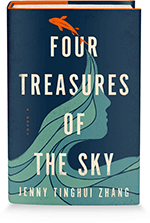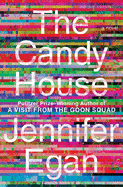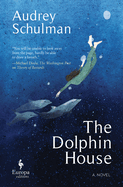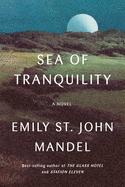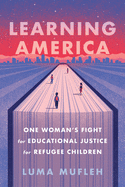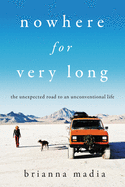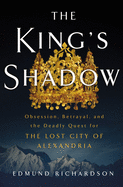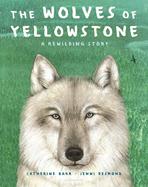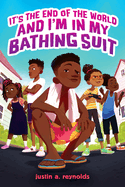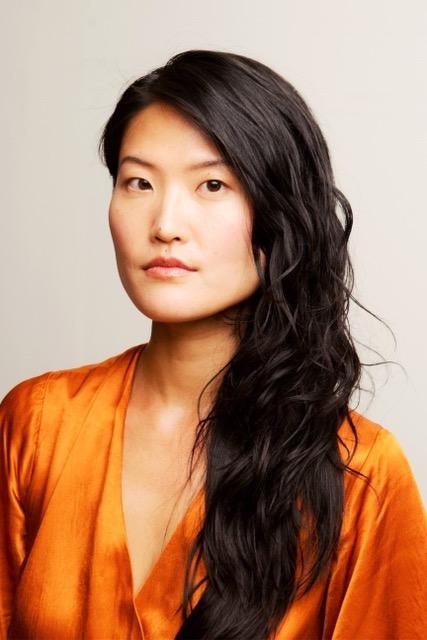 |
| (photo: Mary Inhea Kang) |
Jenny Tinghui Zhang is an Austin, Texas-based Chinese American writer and the prose editor for the Adroit Journal. Both an essayist and fiction author, she's been published in outlets including The Cut, Bustle, Apogee, CALYX and Ninth Letter. She holds an MFA from the University of Wyoming. Her debut novel, Four Treasures of the Sky, is available now from Flatiron Books.
How did you land on the title Four Treasures of the Sky, and what does it mean to you?
The title was a happy accident. The original title was much more explicit, but it no longer captured what the novel had transformed into. During an editorial call earlier this year with Caroline Bleeke, my U.S. editor, and Jillian Taylor, my U.K. editor, I suggested, "Four Treasures of the Sky." It was a slip of the tongue--I meant to say, "Four Treasures of the Study," which refers to the four crucial tools of Chinese calligraphy. But everyone loved it, and we settled on the new title quickly.
For me, there are many ways to interpret this title, which I think is its beauty. It could hint at the many identities and iterations of self that Daiyu shuffles through during her journey. It could reference some of the characters that appear. It could be an homage to calligraphy itself. I think what's most important to me is that the new title feels like an acknowledgment and marker of what the novel became.
What was the inspiration for this novel? How much of the story was pulled from events you've witnessed?
The inspiration for this novel came from my father--back in 2014, he was driving through Idaho for work. While passing through the small town of Pierce one evening, he saw a historical marker on the side of the road that said something about a "Chinese Hanging Tree." The marker stated that this was the site where five Chinese men were hanged by vigilantes for the alleged murder of a local white storeowner in 1885. What were Chinese people doing in Idaho back in that time? my father wondered. He brought the anecdote back with him and told it to me, then asked if I could write the story out so he could know what happened. I didn't actually take his request seriously until I was in the last semester at my MFA program five years later.
This novel is inspired by that historical marker, but on a larger level, it's inspired by things that really took place in history--the Chinese Exclusion Act and the systemic oppression faced by Chinese immigrants in the 19th and 20th centuries. The character of Daiyu emerged after I read a research article stating that Chinese girls were packed into crates of china or buckets of coal and shipped across the ocean. It was so arresting and horrifying to me, the image of a young girl crammed into a small space like that. That was where Daiyu began.
In a time of so much anti-Asian sentiment in our country, what drove you to travel back to the 1800s? Is this a case of, to paraphrase, "We must understand the past to understand the now"?
I didn't learn about the Chinese Exclusion Act until I took an Asian American studies intro course in my senior year of college. My K-12 American education just brushed over that part of history. It wasn't until I did more research at my father's request that I realized just how much anti-Chinese history informed where we are today.
After the Atlanta spa shooting, a few friends reached out to me via text. I'm so sorry this is happening, they would say. But that's the thing that many people don't realize: this isn't happening. It has been happening. The time period I'm writing in doesn't even begin to capture the full extent of anti-Chinese racism and practices in the U.S. There was so much legislation that reinforced the fact that the Chinese were not welcome: court rulings in favor of disenfranchisement and dehumanization of the Chinese; the Page Act of 1875; the Chinese Exclusion Act of 1882; the Geary Act of 1892. Even when the Chinese Exclusion Act was "repealed" in 1943, Chinese could not own property or businesses.
During my research for the book, I found that the historical marker my father saw in Pierce had already been stolen several times. All along the Pacific Northwest, there are sites where violence against Chinese immigrants occurred (you can see some of them in The No Place Project). If these little-known historical sites were being built over, eroded and vandalized, then we were at great danger of forgetting. Even if historians and academics remembered, I needed people like my friends to know. That the racism I endured growing up, the calls of ching chong ching chong and go back to where you came from, did not exist in a vacuum. That it was a concerted effort. That it all came from a place we are not very far from today.
I love that this is a western that breaks the mold of the white male outlaw shooting his way across a desert. How did you nail the key themes that would make this book feel like a familiar yet fresh take on a classic genre?
I have been so hesitant to call this book a western, mostly because I have never felt like "the western" was a genre that was accessible to or inclusive of me. It still feels strange to say it out loud. But when I look at the recent books that have rewritten the West, like C Pam Zhang's How Much of These Hills Is Gold, Tom Lin's The Thousand Crimes of Ming Tsu, Anna North's Outlawed and all the books to come, I am excited and proud that the western is opening, expanding, or perhaps, becoming what it was always meant to be. Because there was and is more to the West than white men. In this way, I am proud to call my book a western and have it live alongside the books that are redefining the genre.
One thing I've noticed about books set in the West is the emphasis on land--notably, the fight to survive on the land. When I lived in Wyoming for my MFA program, I was so constantly aware of the land, so awed and terrified by it. My body was such a small thing compared to the relentless Wyoming wind and unbearable cold. This is what I wanted to bring into my book: the constant question of survival, of the perseverance of the body, spirit and mind in the tremendous face of nature.
What is your desired result from this book? When people read it, what do you want them to walk away with?
I have always loved writing because it's the best way for me to express myself to other people. I'm bad at communicating in groups, and I really don't think I'm a good oral storyteller. But on the page--that's when you have people's attention. That's where the power is. And so, with this book at least, I hope that it will connect in some way with someone, whether it's because they love Daiyu, or feel for Nelson, or want to eat some of the mooncake that Nam makes during the mid-Autumn festival. The books I love most are the ones that feel like they've reached down your throat and taken a hold of your heart. The ones that see you from the inside out. I felt this way, most recently, with E.J. Koh's stunning memoir, The Magical Language of Others.
When I think about the books I love, I want to cry. I don't mean this to be melodramatic or hyperbolic--I love those books that much. I hope my book can be that for someone.
On a more serious note, I hope that it alerts folks to the history of anti-Chinese violence in this country, and how it has informed the anti-Asian violence we've seen rise in recent years. I hope, at the very least, that this book serves as a reminder, and that it is not the last of its kind. --Lauren Puckett
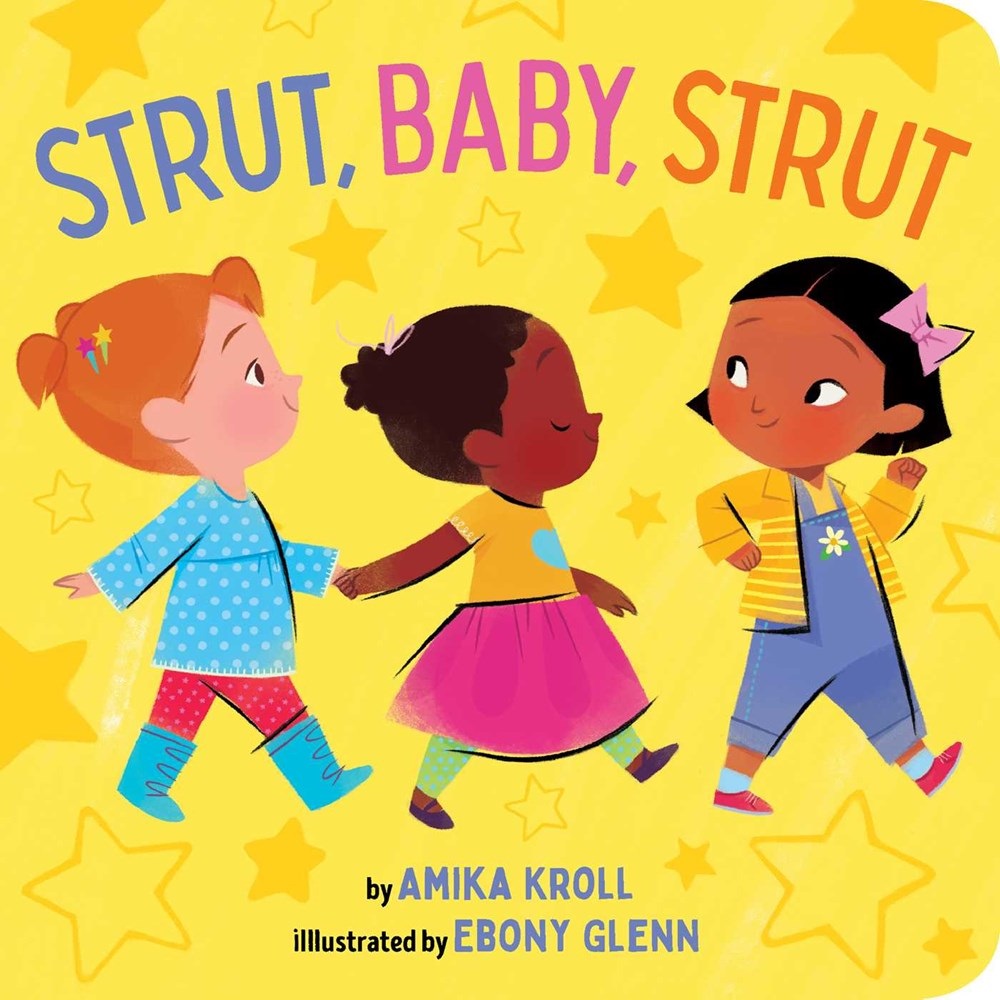 In Amika Kroll and Ebony Glenn's Strut, Baby, Strut (Little Simon, $8.99), three girls grow from scooting babies to strutting women. The three girls learn from the women raising them to "lean toward tomorrow" and "reach high... for all your dreams." Kroll's upbeat text urges the girls on as they walk, stumble, run and grow; Glenn's boldly colored and thickly outlined art matches Kroll's exuberance.
In Amika Kroll and Ebony Glenn's Strut, Baby, Strut (Little Simon, $8.99), three girls grow from scooting babies to strutting women. The three girls learn from the women raising them to "lean toward tomorrow" and "reach high... for all your dreams." Kroll's upbeat text urges the girls on as they walk, stumble, run and grow; Glenn's boldly colored and thickly outlined art matches Kroll's exuberance.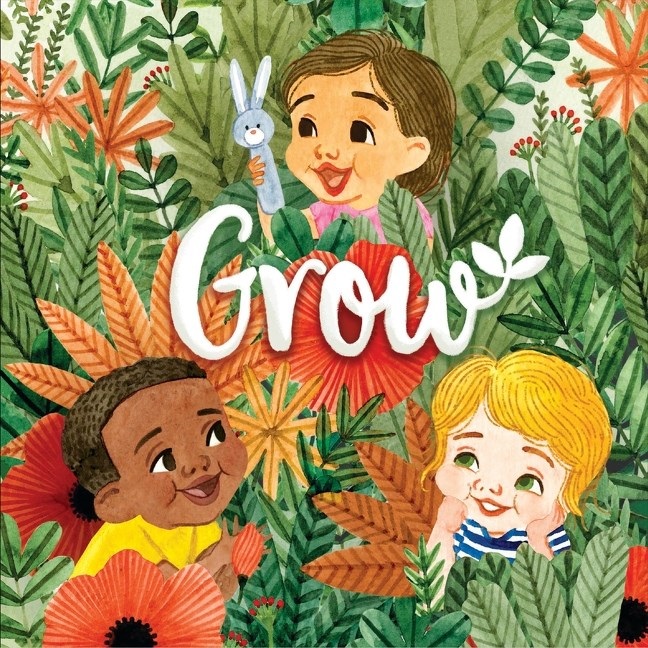 Grow (Clarion, $10.99) begins with the text, "I wanted for you, like a sprout from a seed," and an illustration of a pregnant woman in a lush garden. Closer inspection shows that, instead of plants, the garden is brimming with plant and tree-sized leaves. At the top of the right-hand page, a pull-tab reveals a green leaf. The page turn shows more abundance; another tab reveals a red leaf: "You were tiny and fragile, but grew like a weed./ Every day a new leaf, light and love make you grow." Theodore Henry and Hsulynn Pang's board book is a perfect title for caretakers to share with their little loved ones.
Grow (Clarion, $10.99) begins with the text, "I wanted for you, like a sprout from a seed," and an illustration of a pregnant woman in a lush garden. Closer inspection shows that, instead of plants, the garden is brimming with plant and tree-sized leaves. At the top of the right-hand page, a pull-tab reveals a green leaf. The page turn shows more abundance; another tab reveals a red leaf: "You were tiny and fragile, but grew like a weed./ Every day a new leaf, light and love make you grow." Theodore Henry and Hsulynn Pang's board book is a perfect title for caretakers to share with their little loved ones.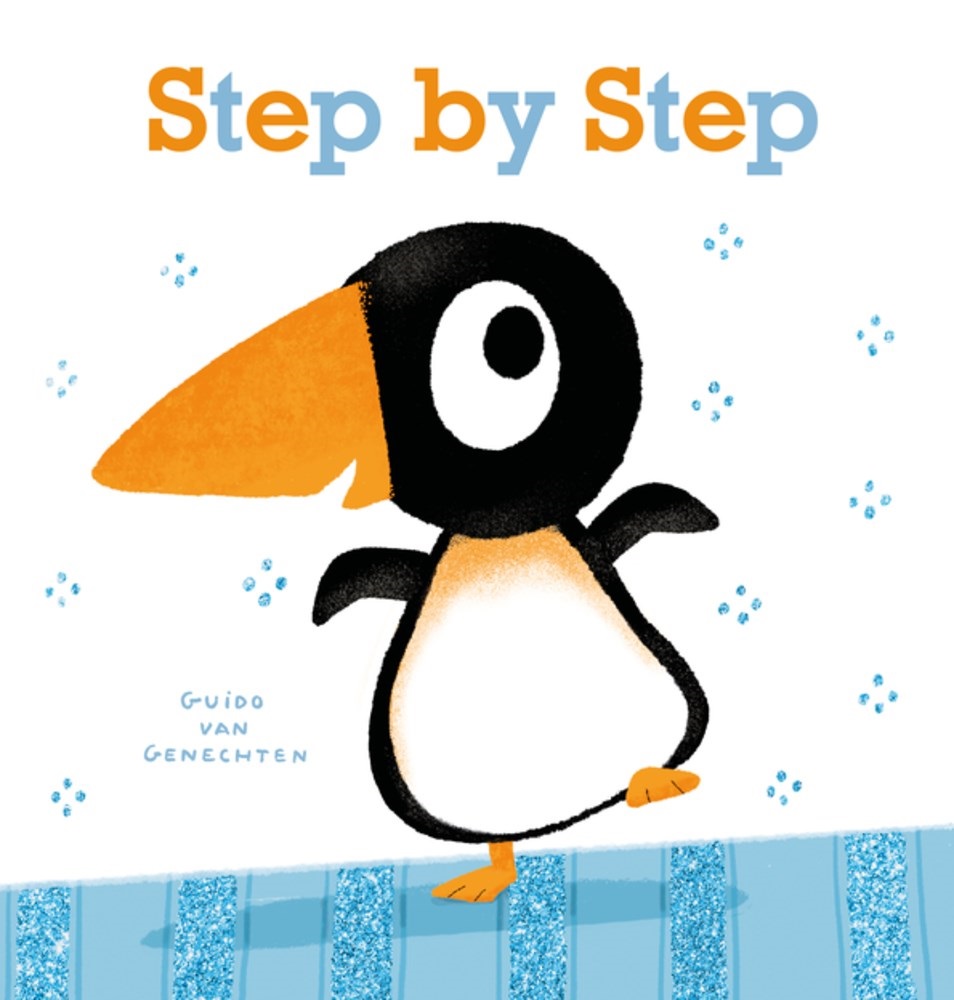 Guido Van Genechten uses adorable baby animals to show children ages one to three the process of learning to walk in Step by Step (Clavis, $12.95): "If you want to learn how to walk, you will first have to learn how to get up." Little Mouse and Kitty struggle to get on their feet; Little Elephant balances on their trunk; Piglet "uses the sofa to help him get up." Soft colors and cute animals make this "how-to" board book a gentle reminder that "you must learn to stand up, fall down, and stand up again." --Siân Gaetano, children's and YA editor, Shelf Awareness
Guido Van Genechten uses adorable baby animals to show children ages one to three the process of learning to walk in Step by Step (Clavis, $12.95): "If you want to learn how to walk, you will first have to learn how to get up." Little Mouse and Kitty struggle to get on their feet; Little Elephant balances on their trunk; Piglet "uses the sofa to help him get up." Soft colors and cute animals make this "how-to" board book a gentle reminder that "you must learn to stand up, fall down, and stand up again." --Siân Gaetano, children's and YA editor, Shelf Awareness


